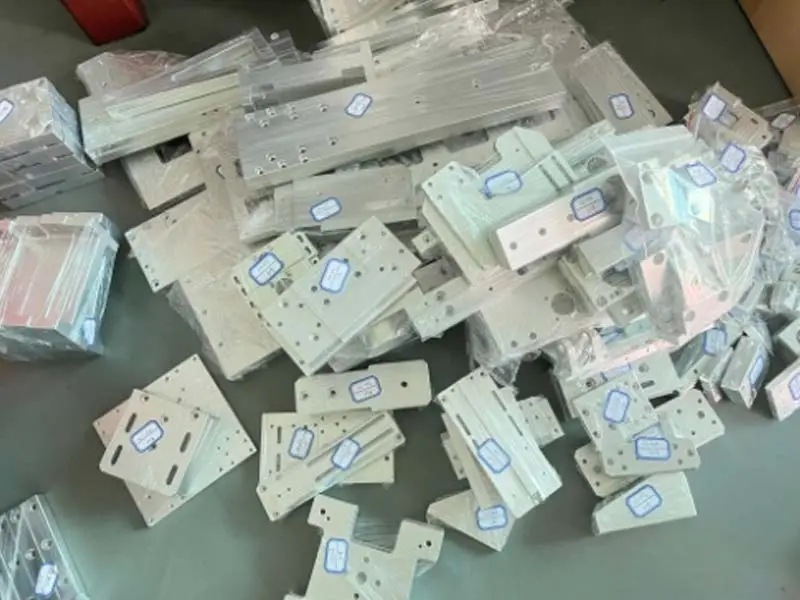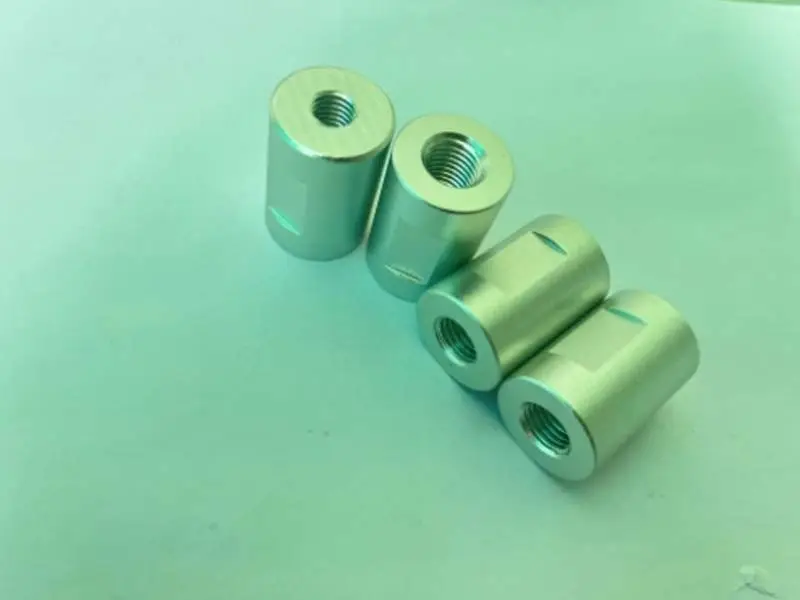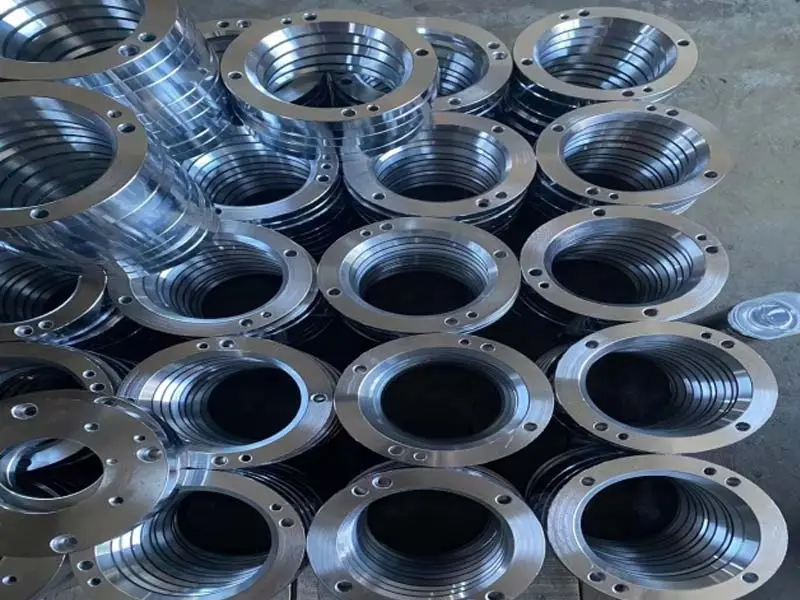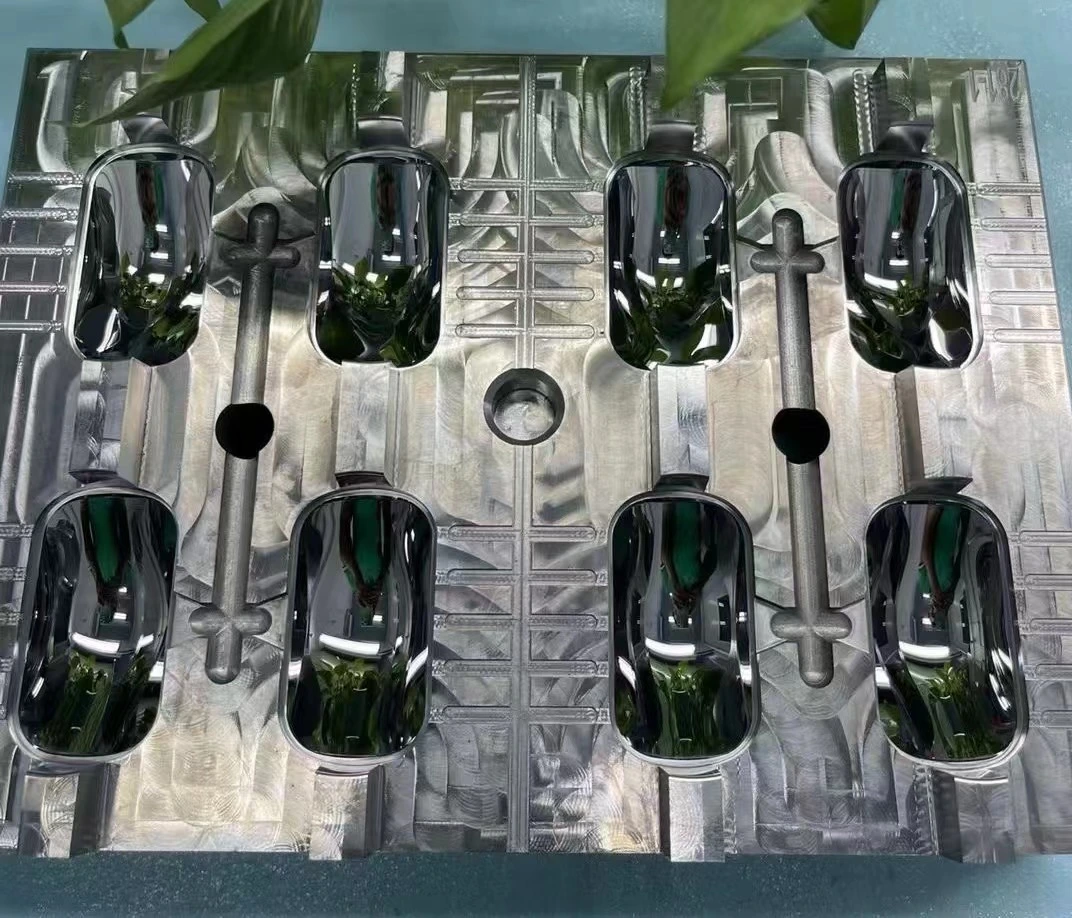



1. Workpiece material: The type of material used to make the workpiece can affect the surface finish. Harder materials such as steel and harder alloys require more aggressive machining and finishing processes to achieve a good finish.
2. Machining parameters: The machining process will be the biggest factor in the quality of the surface finish. The speed, feed rate, and depth of cut can all have an impact on the final finish.
3. Cutting tool: The type of tool being used for machining can have a significant effect on the surface finish. A dull or worn tool will produce a rougher finish than a sharp one.
4. Surface finish: The type of surface finish desired can also influence the machining process. Brighter finishes require more aggressive machining and finishing processes.
1. Sanding: Sanding is a common surface finishing process used to prepare materials for painting, staining, and polishing.
2. Grinding: Grinding is a process used to remove burrs and other imperfections from metal surfaces.
3. Polishing: Polishing is used to create a smooth and glossy finish on metal surfaces.
4. Buffing: Buffing is used to create a high-gloss, mirror-like finish on a variety of surfaces.
5. Blasting: Blasting is a surface-finishing process that uses high-pressure air or water to remove paint, rust, and other debris from metal surfaces.
6. Painting: Painting is a common surface-finishing process used to protect metal surfaces from corrosion and damage.
7. Powder Coating: Powder coating is a type of painting that involves sprinkling a dry form of paint onto a metal surface and then using heat to bond it to the metal.
Let us be your resource to determine which manufacturing processes are right for your project. Start your project with a free quote.
